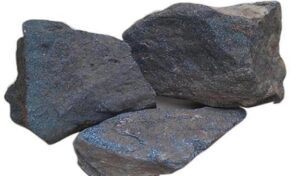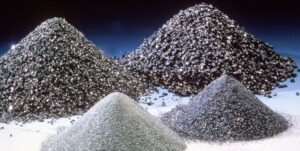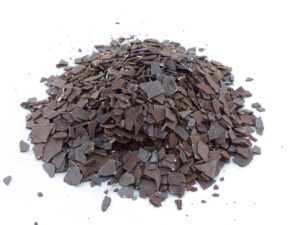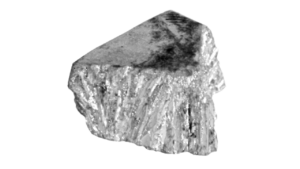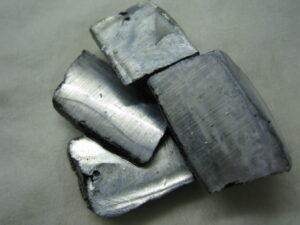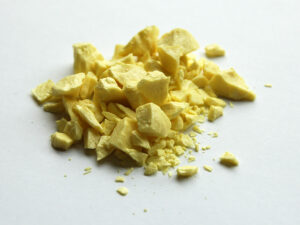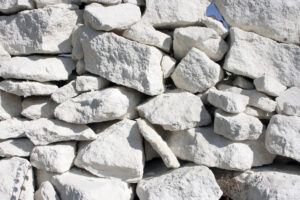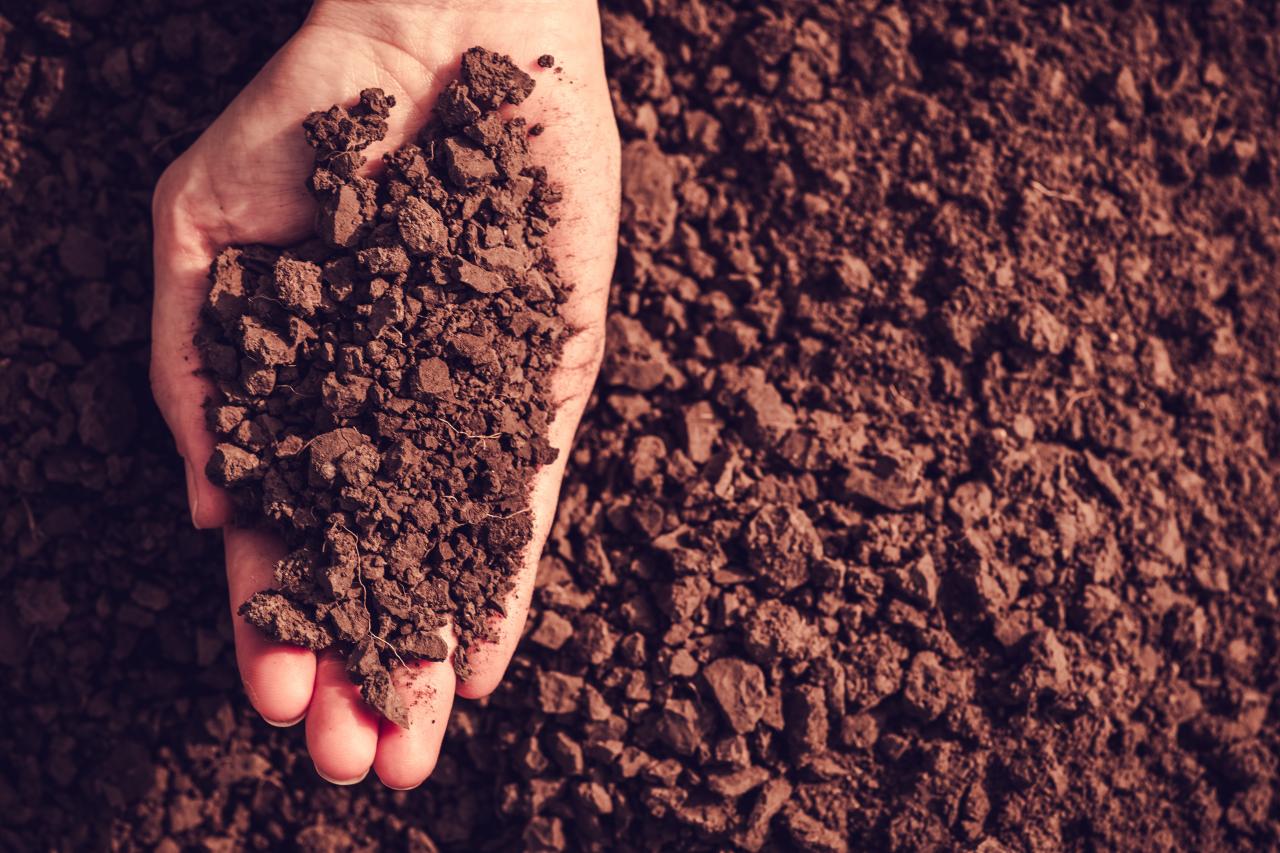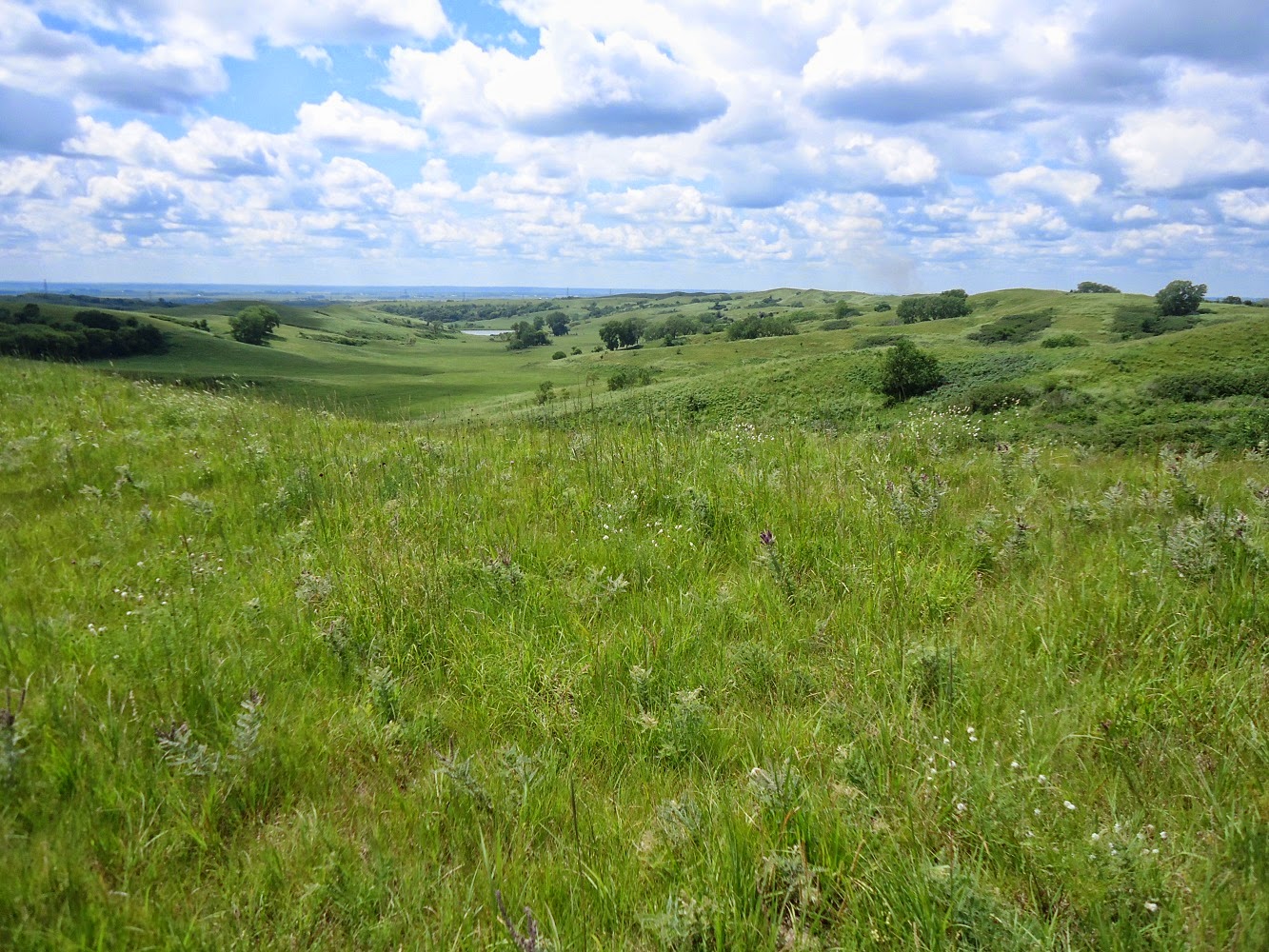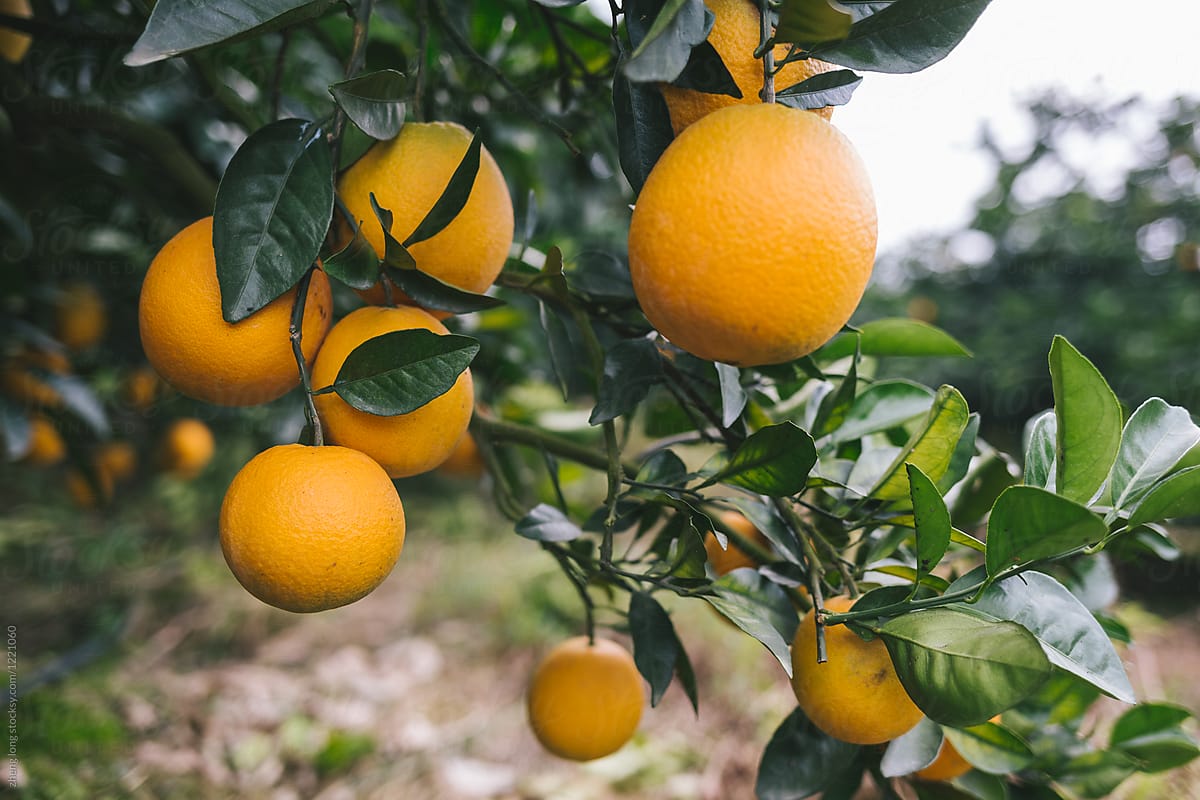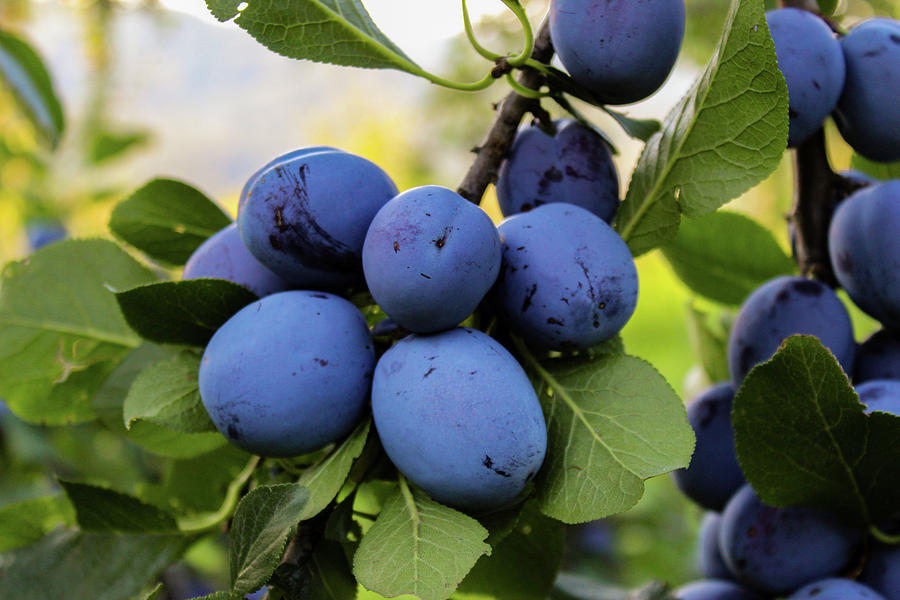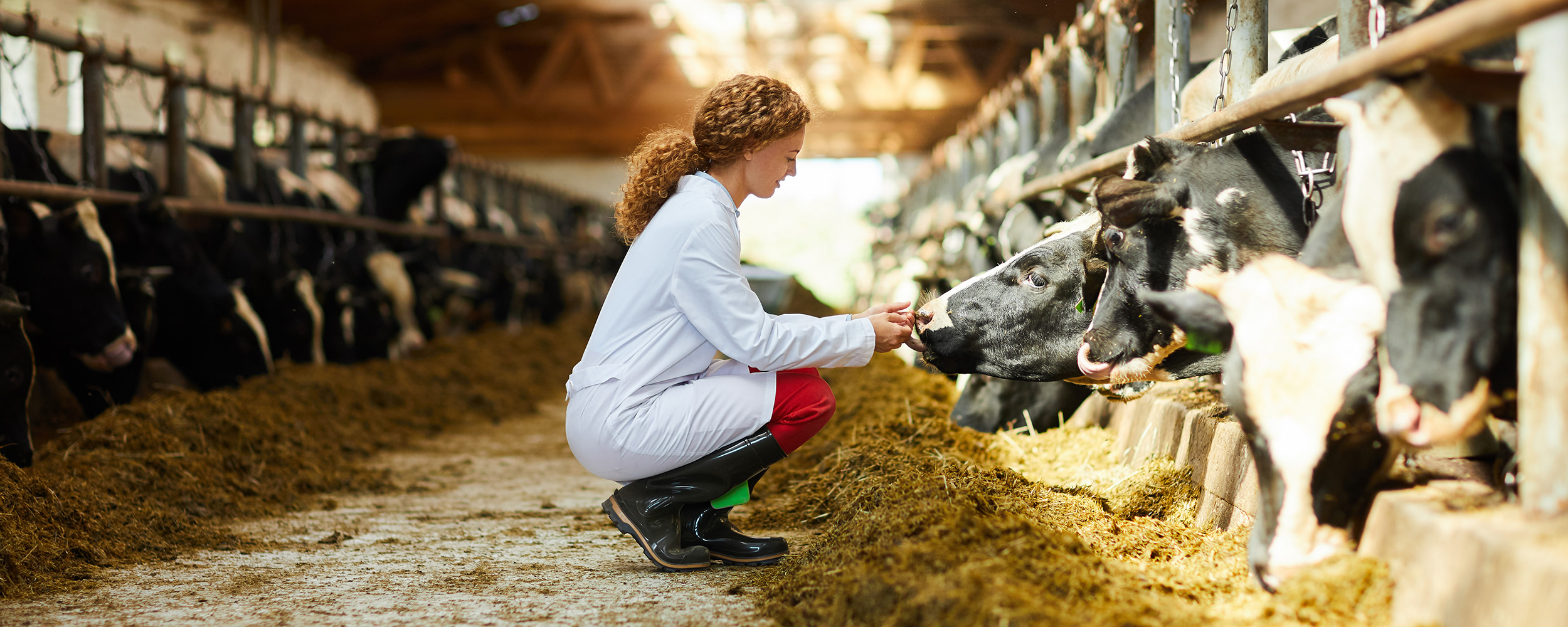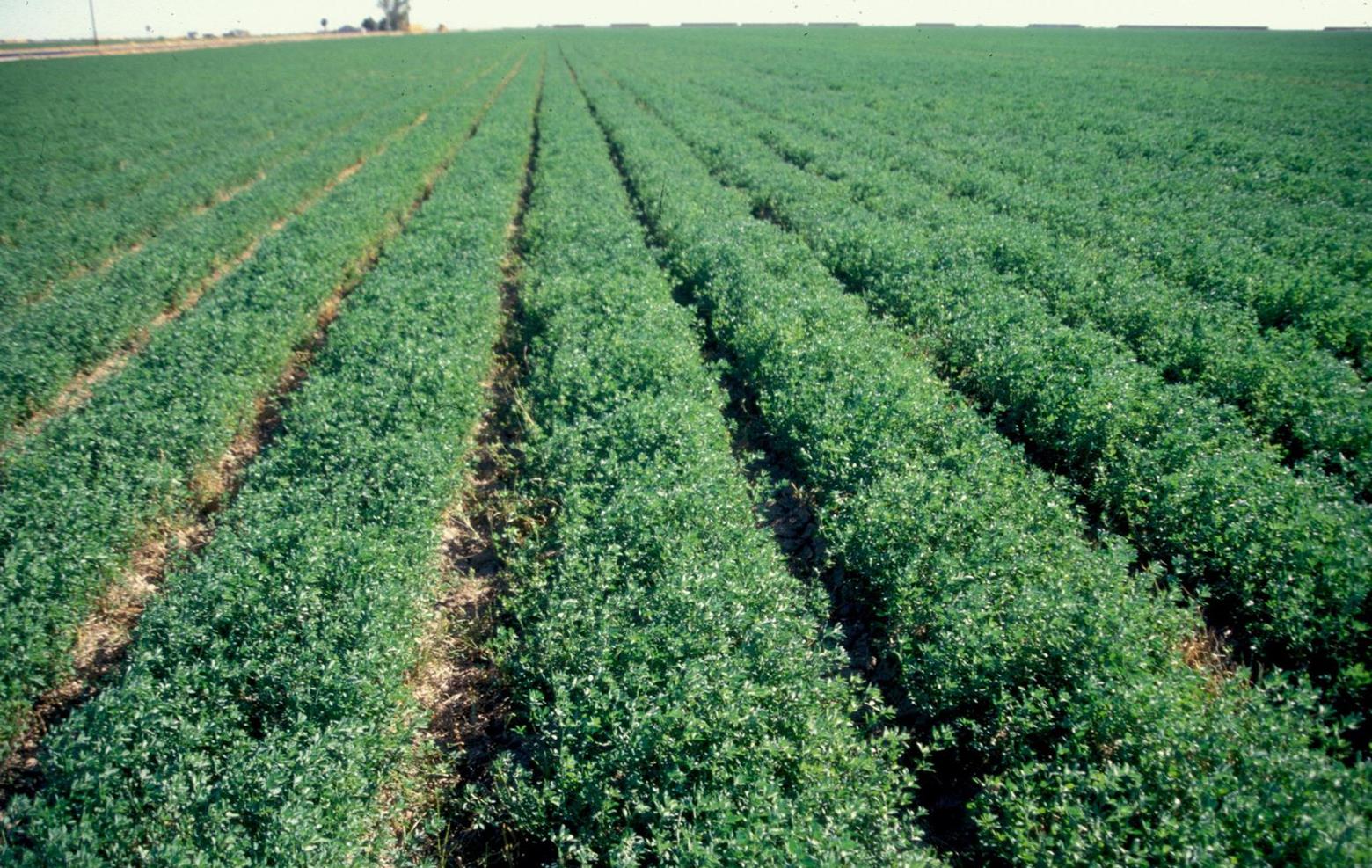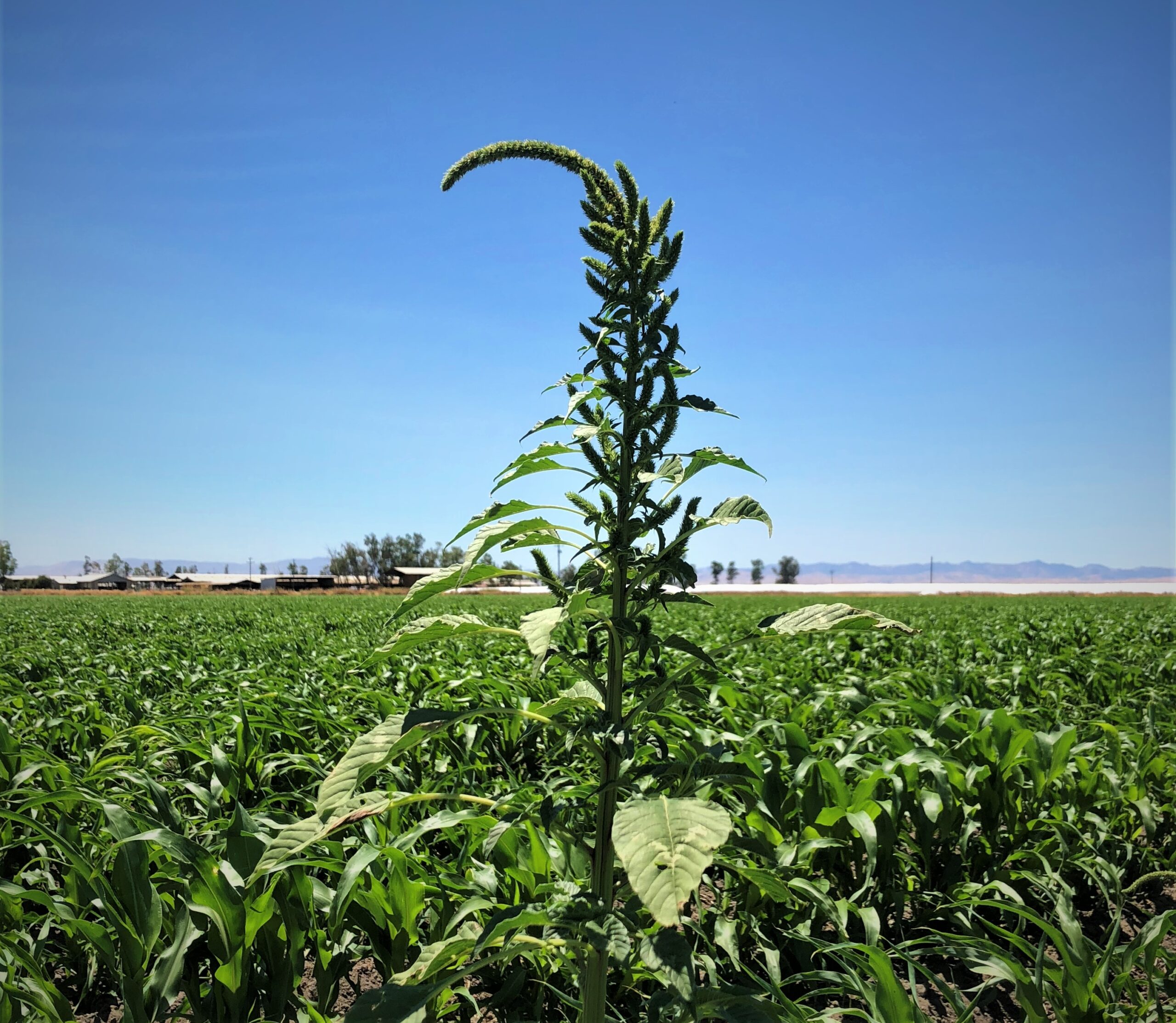Whether it’s turf grass or cash crops and everything in between, we provide the best and latest information about what, how, and when to add to your soil root zone for the best results.
Understanding Macro- and Micro-nutrients
Plant nutrition is the study of the chemical elements and compounds necessary for plant growth, plant metabolism and their external supply. In its absence the plant is unable to complete a normal life cycle, or that the element is part of some essential plant constituent or metabolite. This is in accordance with Justus von Liebig’s law of the minimum. You can read about it here.
The total essential plant nutrients include seventeen different elements: carbon, oxygen and hydrogen which are absorbed from the air, whereas other nutrients including nitrogen are typically obtained from the soil.
- Macronutrients: nitrogen (N), phosphorus (P), potassium (K), calcium (Ca), sulfur (S), magnesium (Mg), carbon (C), oxygen (O), hydrogen (H)
- Micronutrients (or trace minerals): iron (Fe), boron (B), chlorine (Cl), manganese (Mn), zinc (Zn), copper (Cu), molybdenum (Mo), nickel (Ni)
These elements stay beneath soil, so plants consume these elements as ions.
Most soil conditions across the world can provide plants adapted to that climate and soil with sufficient nutrition for a complete life cycle, without the addition of nutrients as fertilizer. However, if the soil is cropped it is necessary to artificially modify soil fertility through the addition of fertilizer to promote vigorous growth and increase or sustain yield. This is done because, even with adequate water and light, nutrient deficiency can limit growth and crop yield.
Naturally Occurring Nutrients
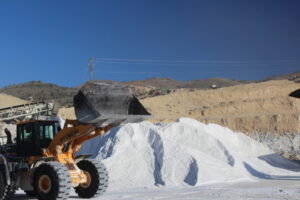
Anhydrite and Dihydrate Gypsum
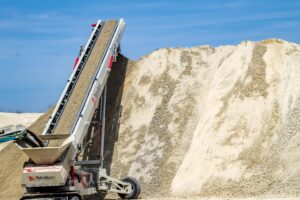
Limestone
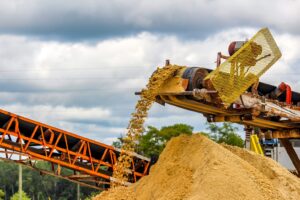
Dolomitic Limestone
Macro and Micro Nutrients
Liebig’s Law of Minimum
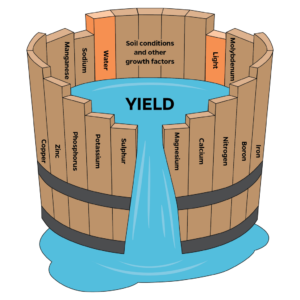
It states that growth is controlled not by the total originality applied to plant growth, where it was found that increasing the amount of plentiful nutrients did not increase plant growth.
News
USDA launches first phase of soil carbon monitoring efforts
The U.S. Department of Agriculture (USDA) is investing $10 [...]
Grassland enrollment adds 2.5 million acres
The USDA said it accepted offers from landowners [...]
California Navel Orange Crop Forecast Down 14%
USDA National Agricultural Statistics Service — The initial [...]
Japan Grants Market Access To California Plums
The United States Department of Agriculture (USDA) announced [...]
Grasshoppers And Drought Double Whammy
Heat and drought aren't the only issues farmers [...]
NIFA Invests $14M for Research
The U.S. Department of Agriculture’s (USDA) National Institute [...]
Rethinking Inputs for the 2022 Crop
The last 12 months have been a pretty [...]
Killing the Weed King
Could Palmer Amaranth, the king of resistant weeds [...]
U.S. Farmers have planted 80% of corn crop
U.S. farmers are planting soybeans half as fast [...]
Could Seasonal Wildfires Ruin our Wine?
Many wine lovers know that a hint of [...]




